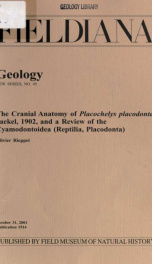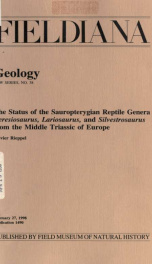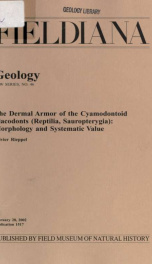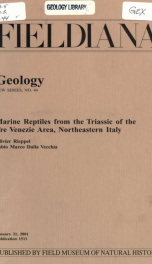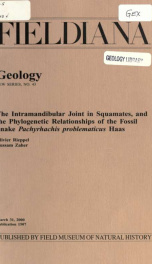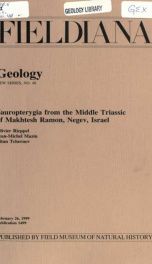The skull of Placochelys placodonta Jaekel is described in detail and compared with all other cyamodontoid skulls kept in public repositories. Cladistic analysis based on a character set derived from cyamodontoid skull anatomy results in a reconstruction of placodont interrelationships as follows: (Paraplacodus (Placodus ((Henodus, Cyamodus) (Macroplacus (Protenodontosaurus (Placochelys, Psephoderma)))))). The monophyly of the Cyamodontoidea is very robust, supported in particular by a suite of derived braincase characters. On the basis of present evidence, Henodus is the sister taxon of Cyamodus, and the monophyletic genus Cyamodus includes C. hildegardis. The monophyly of placochelyids, including Placochelys and Psephoderma, is strongly supported also. -- A detailed comparison of skull anatomy provides no basis for a hypothesis of close phylogenetic relationships of turtles and cyamodontoid placodonts. Any similarities between the two clades, particularly with respect to the development of extensive dermal armor, must be convergent. -- The historical paleobiogreography of cyamodontoid placodonts can be largely understood as a sequence of vicariance events that involved an early bifurcation establishing separate clades in the Germanic Basin and on the Eurasian carbonate platform. Subsequent vicariance established separate clades in the northern Alpine Triassic and in the southern Alps on the Hungarian platform, with further subdivision of th clades within the latter Includes bibliographical references (p. 95-101) The skull of Placochelys placodonta Jaekel is described in detail and compared with all other cyamodontoid skulls kept in public repositories. Cladistic analysis based on a character set derived from cyamodontoid skull anatomy results in a reconstruction of placodont interrelationships as follows: (Paraplacodus (Placodus ((Henodus, Cyamodus) (Macroplacus (Protenodontosaurus (Placochelys, Psephoderma)))))). The monophyly of the Cyamodontoidea is very robust, supported in particular by a suite of derived braincase characters. On the basis of present evidence, Henodus is the sister taxon of Cyamodus, and the monophyletic genus Cyamodus includes C. hildegardis. The monophyly of placochelyids, including Placochelys and Psephoderma, is strongly supported also. -- A detailed comparison of skull anatomy provides no basis for a hypothesis of close phylogenetic relationships of turtles and cyamodontoid placodonts. Any similarities between the two clades, particularly with respect to the development of extensive dermal armor, must be convergent. -- The historical paleobiogreography of cyamodontoid placodonts can be largely understood as a sequence of vicariance events that involved an early bifurcation establishing separate clades in the Germanic Basin and on the Eurasian carbonate platform. Subsequent vicariance established separate clades in the northern Alpine Triassic and in the southern Alps on the Hungarian platform, with further subdivision of th clades within the latter Fieldiana series has been published as Geological Series by Field Columbian Museum (1895-1909) and Field Museum of Natural History (1909-1943), and as Fieldiana: Geology by Chicago Natural History Museum (1945-1966) and Field Museum of Natural History (1966-1978). Fieldiana Geology New Series No. 1 began June 29, 1979
